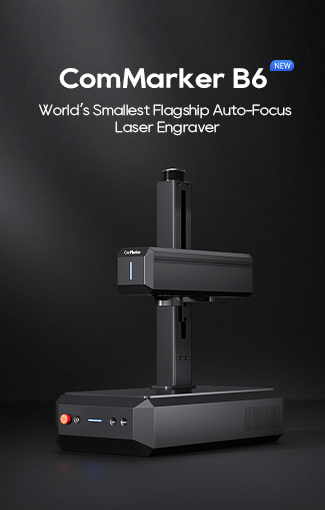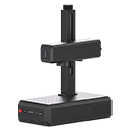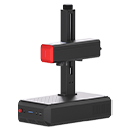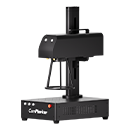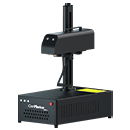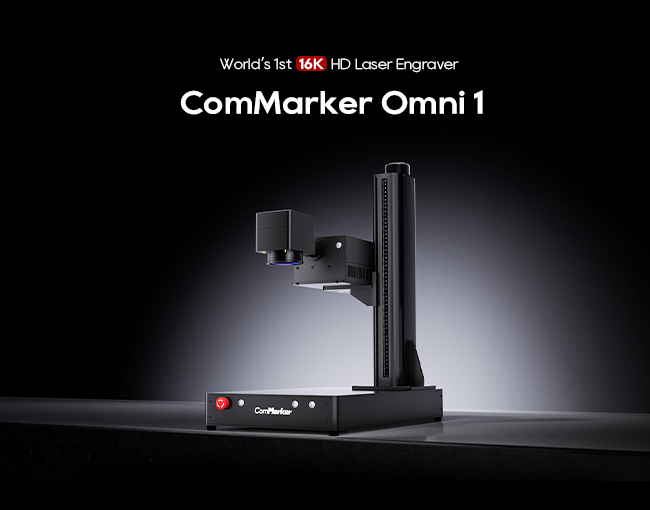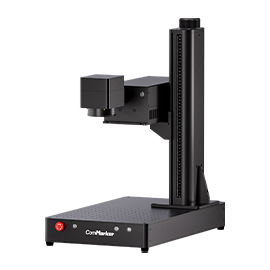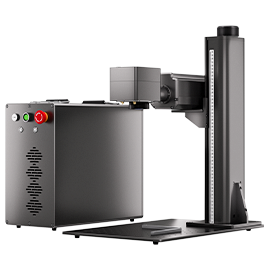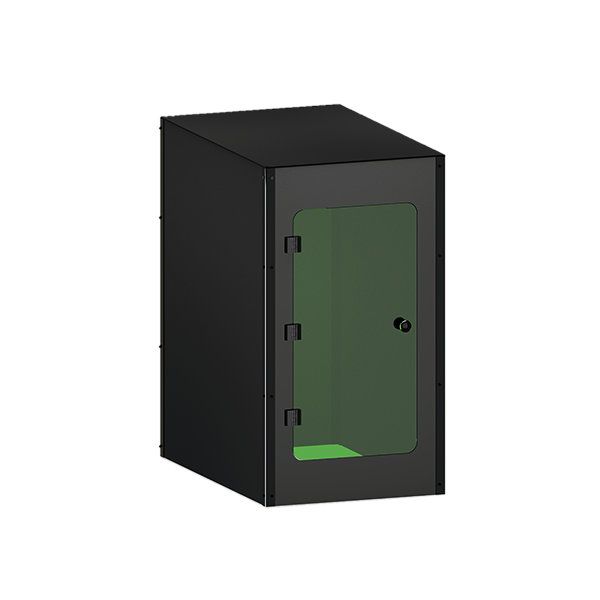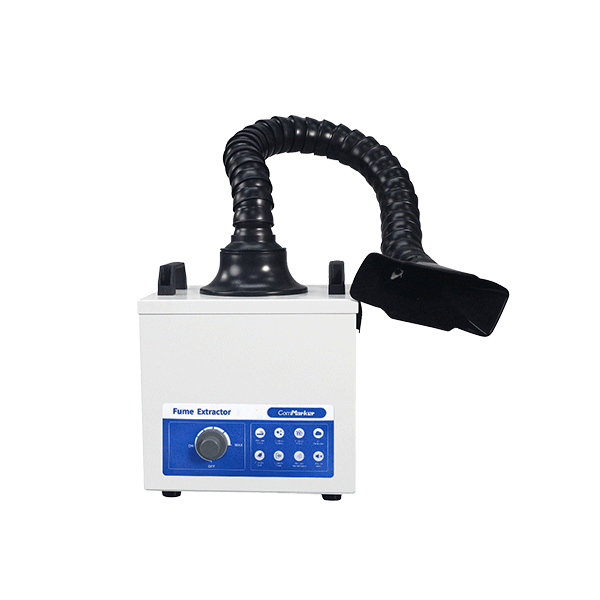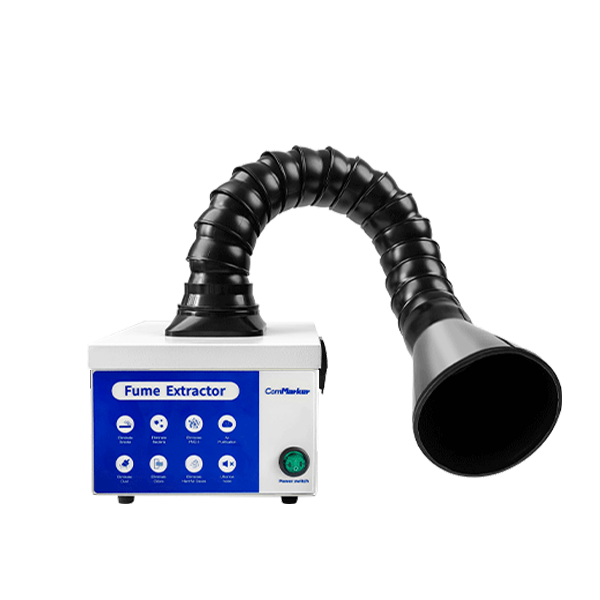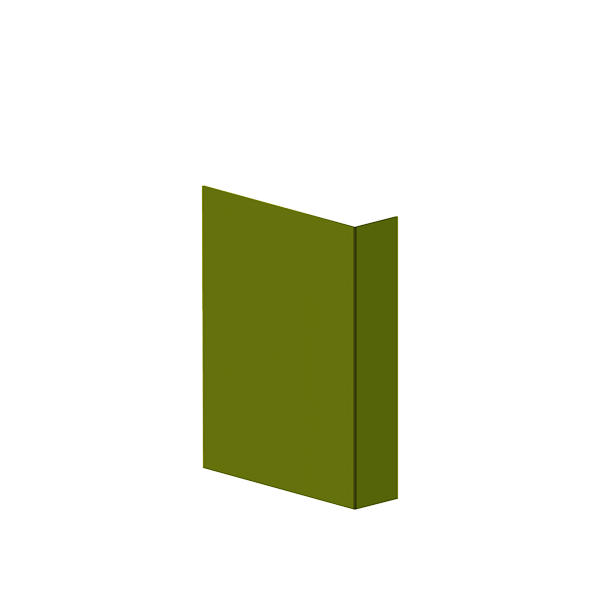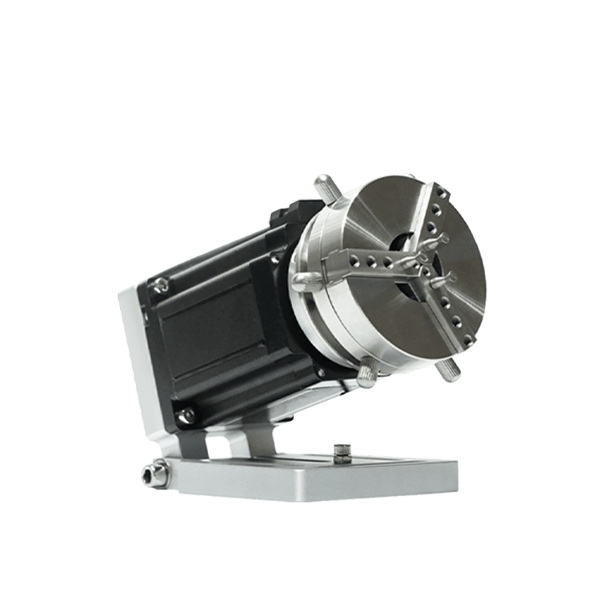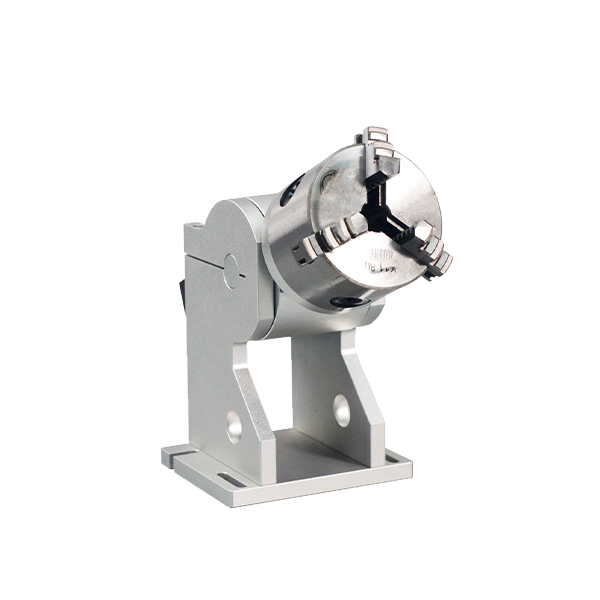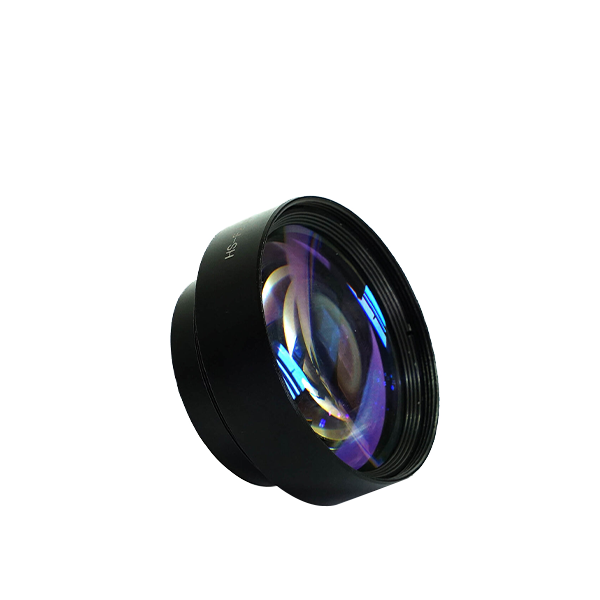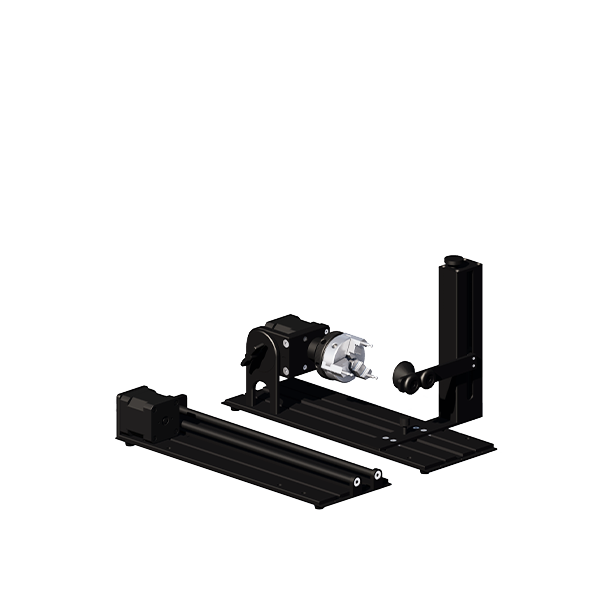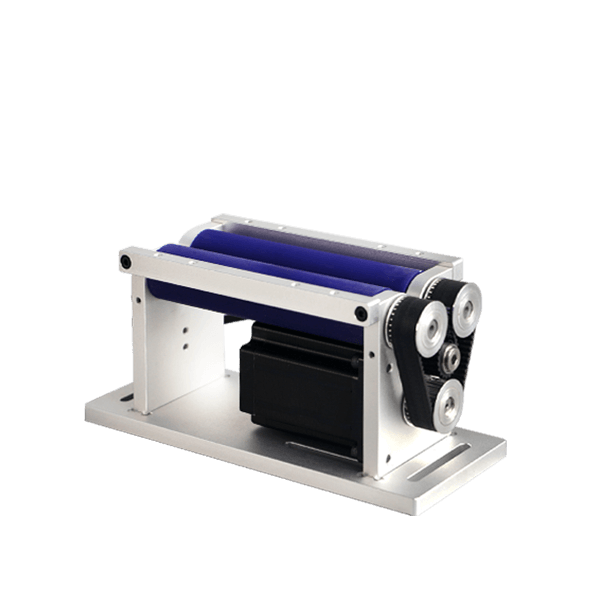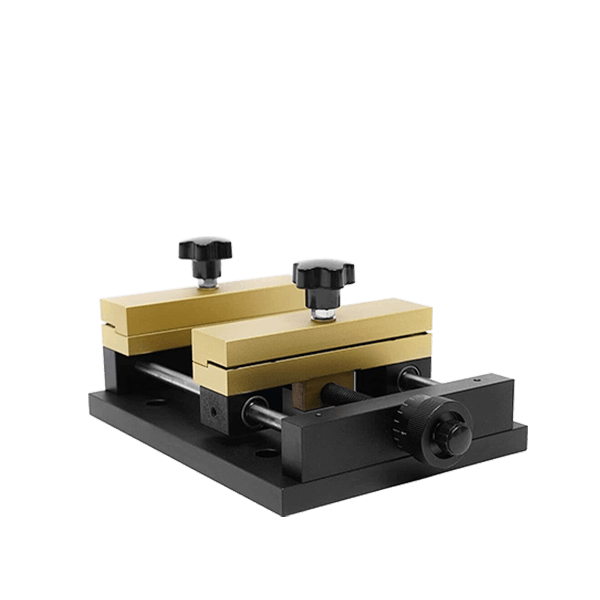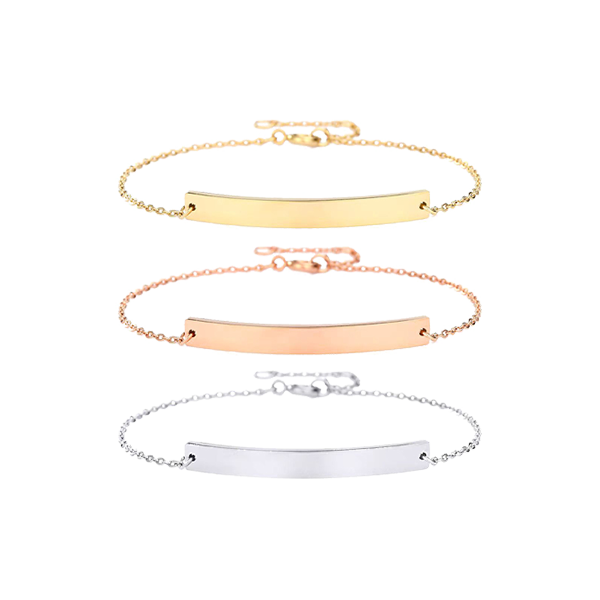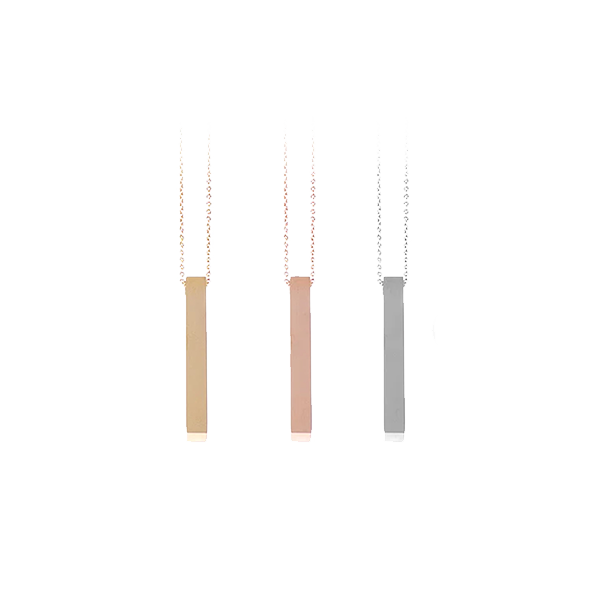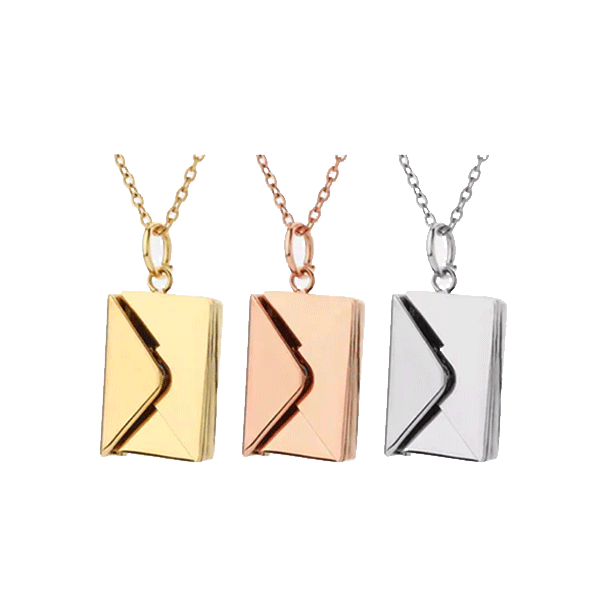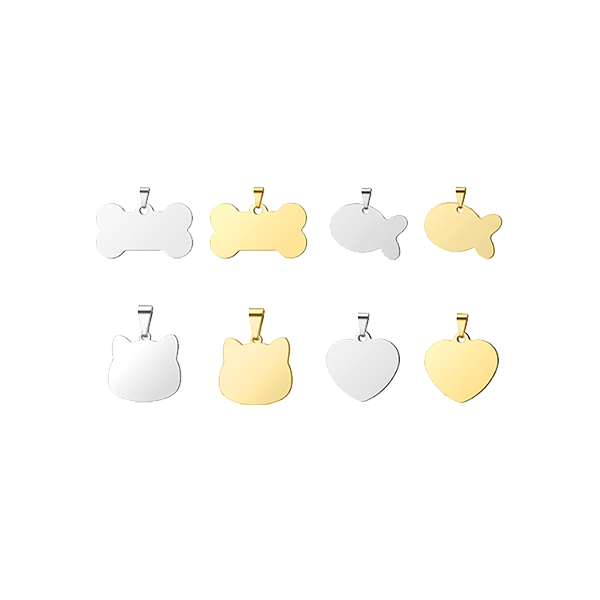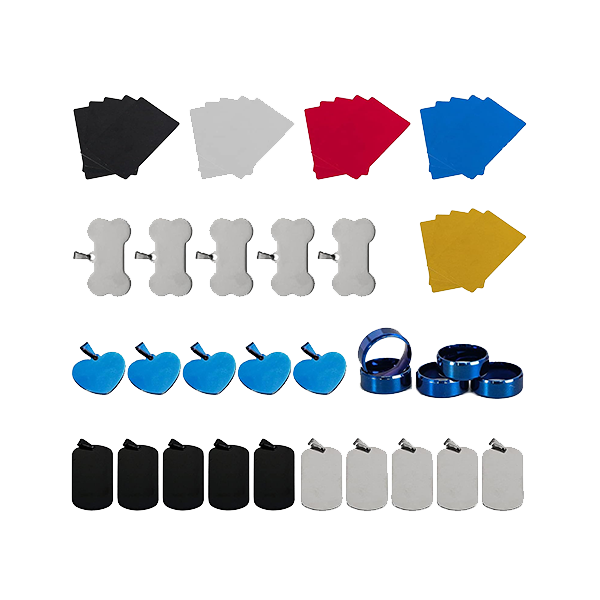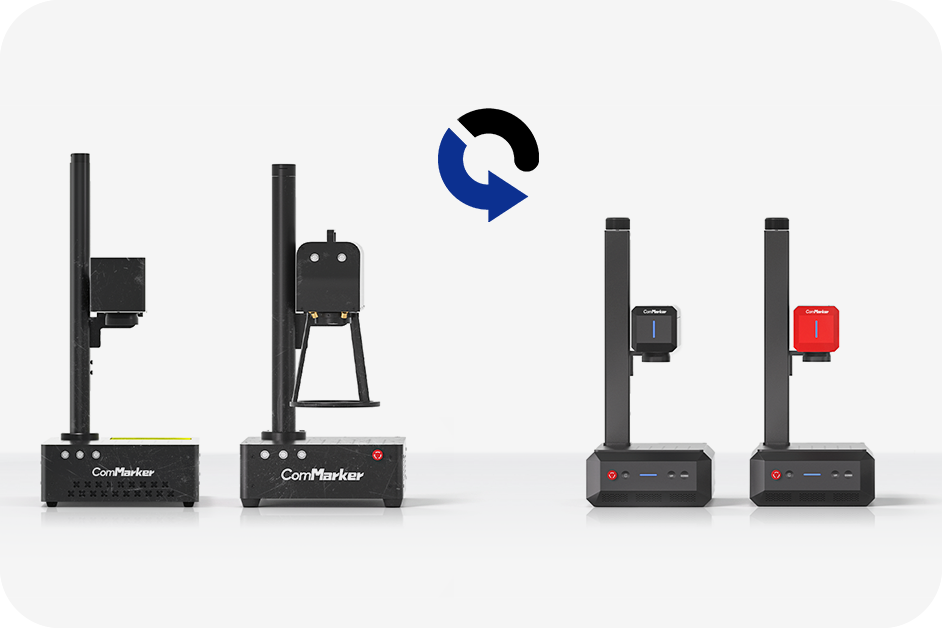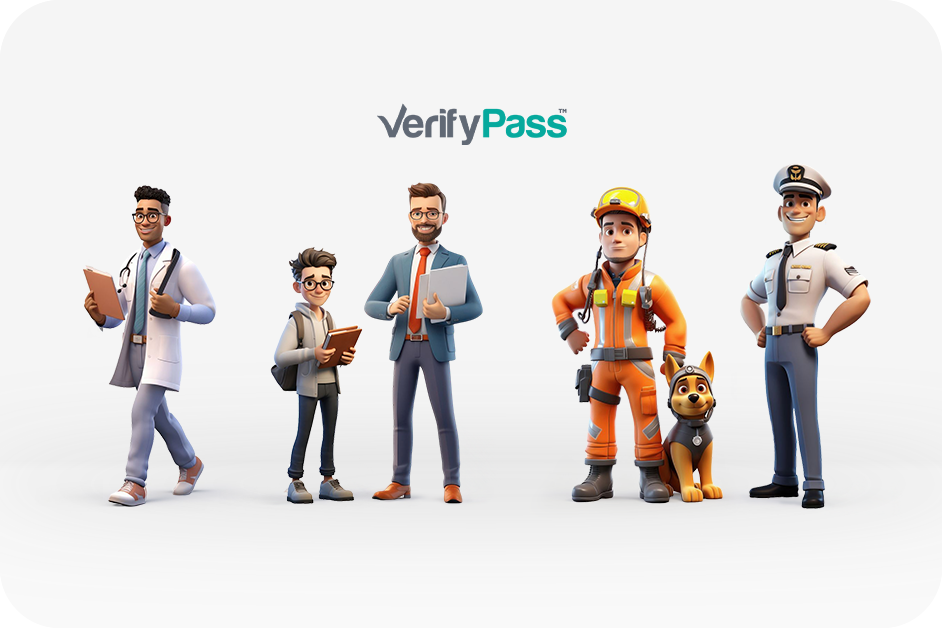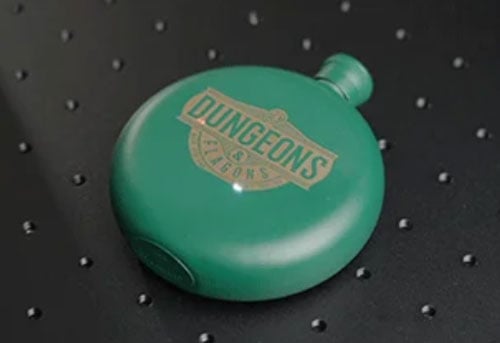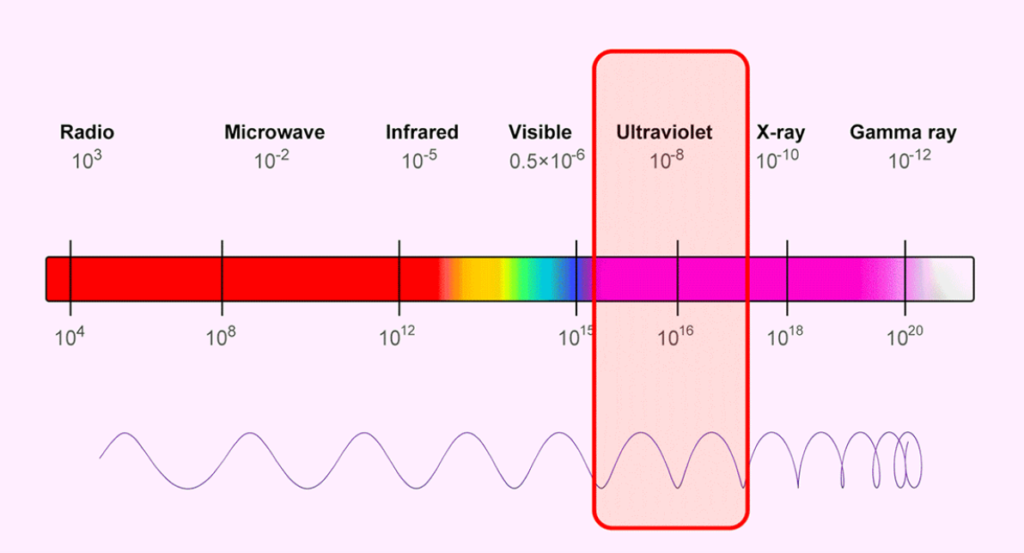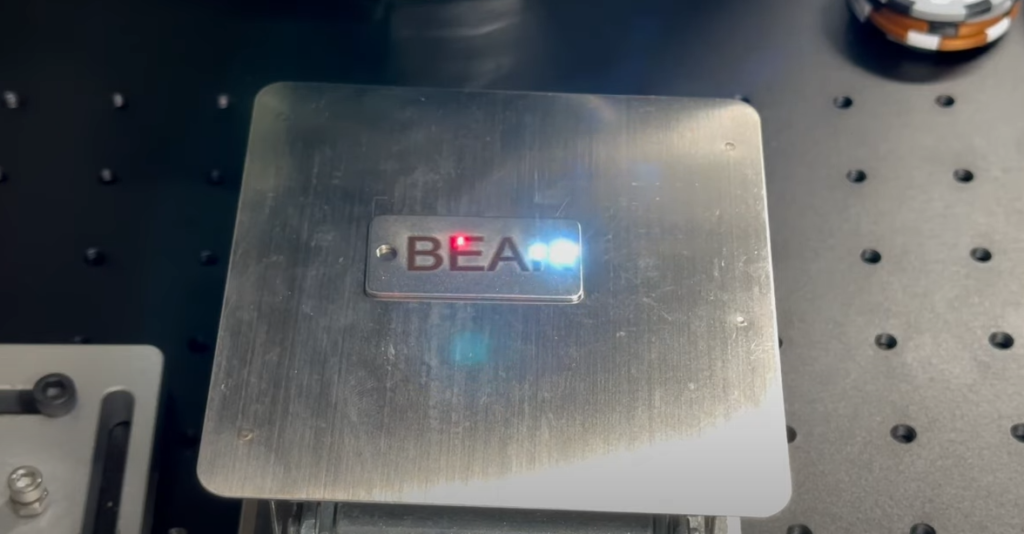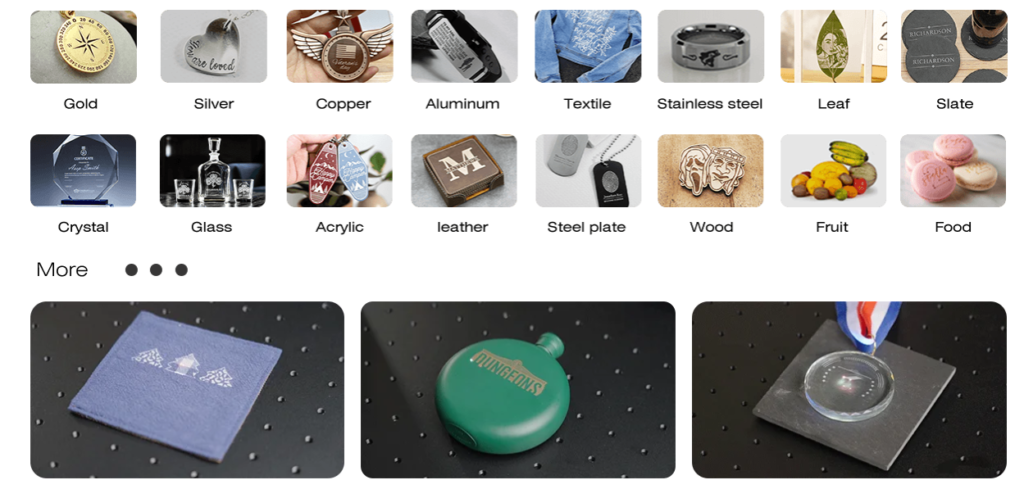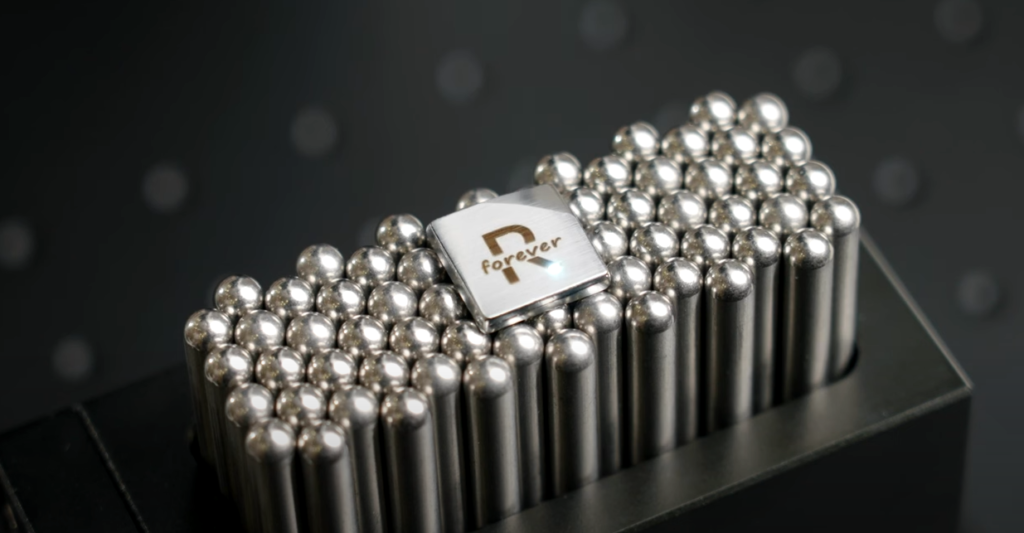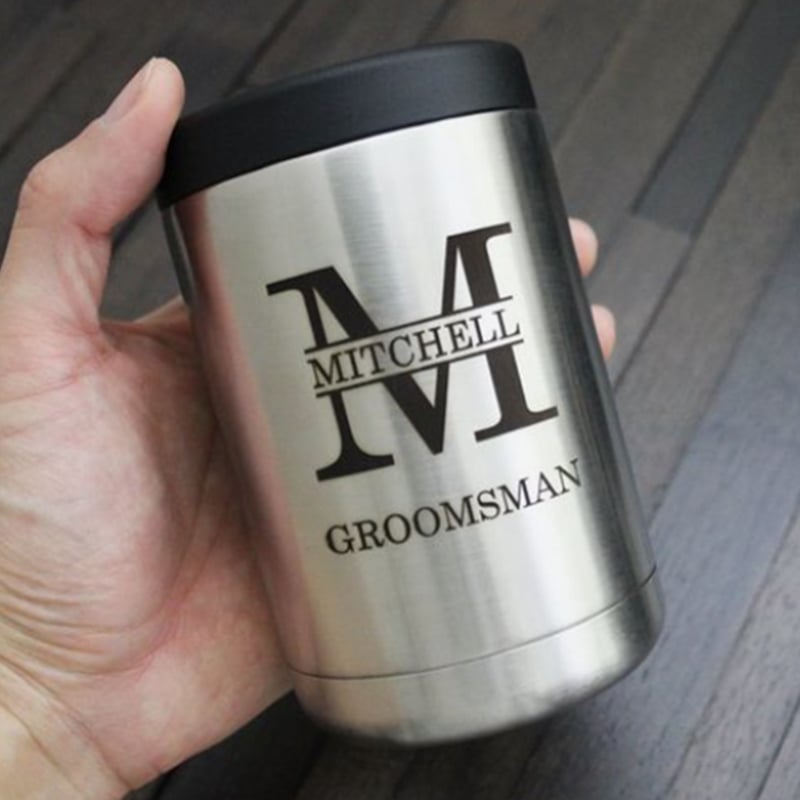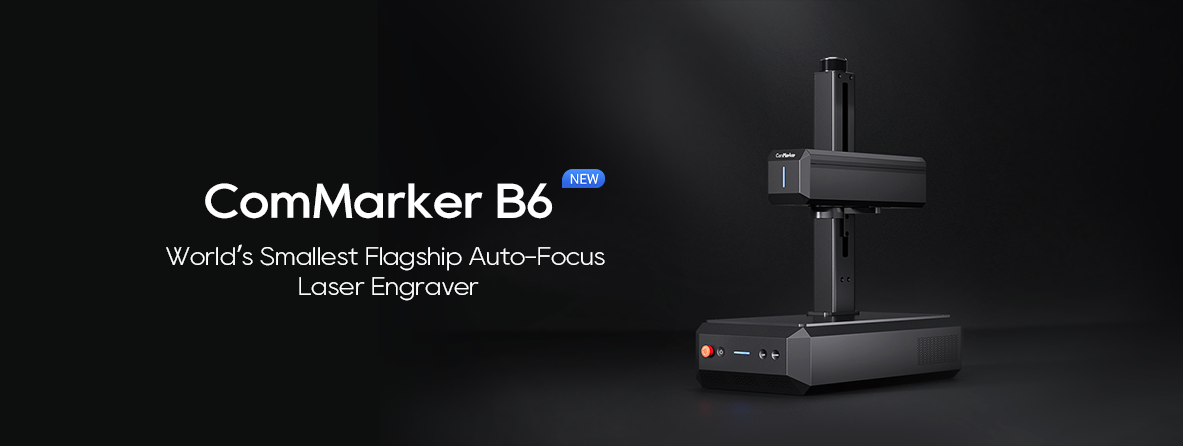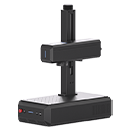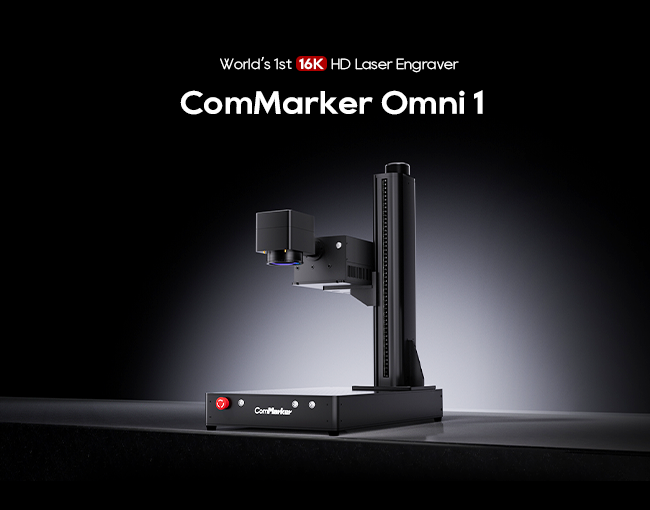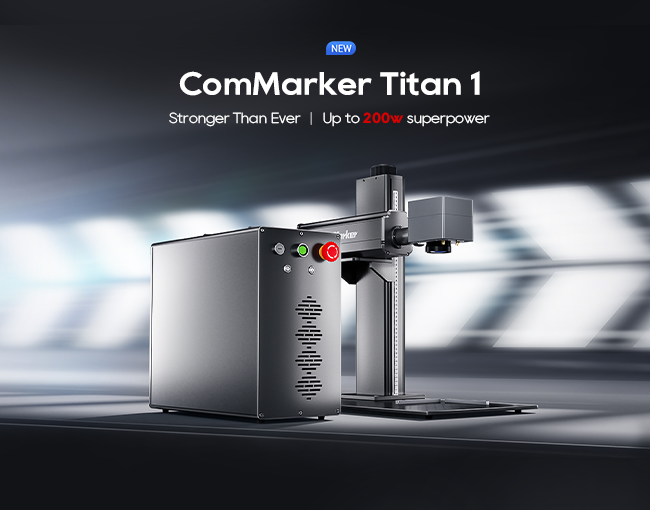أصبح النقش بالليزر وسيلة شائعة لوضع علامات على مجموعة واسعة من المواد وتخصيصها, from wood to glass, والمعادن للبلاستيك. في السنوات الأخيرة, أشعة الليزر فوق البنفسجية have gained significant attention due to their high precision, ability to work on delicate surfaces, والتنوع. لكن, a common question arises among laser engraving professionals: Can a UV laser engrave metal?
في هذا الدليل الشامل, we’ll explore the capabilities of UV lasers, particularly when it comes to engraving metal. We’ll dive into the science behind تقنية الأشعة فوق البنفسجية ليزر, the differences between UV and other laser types, and when and how to use UV lasers for engraving metal. By the end of this article, you’ll have a clear understanding of the limitations and advantages of using a UV laser for metal engraving, helping you make an informed decision about incorporating this technology into your workflow.
1. Understanding UV Laser Technology
What is a UV Laser?
أ ليزر الأشعة فوق البنفسجية (ultraviolet laser) is a type of laser that emits light in the ultraviolet spectrum, specifically between 100 nm and 400 نانومتر. UV lasers are typically used for high-precision applications where heat-sensitive materials need to be processed, as they generate much less heat than other laser types, such as CO2 lasers or fiber lasers.
The wavelength of a UV laser is much shorter compared to visible light, allowing for finer detail and greater precision. This makes UV lasers ideal for engraving and marking small, تصاميم معقدة. They are often used for applications where surface quality is critical, such as in medical devices, إلكترونيات, and certain types of jewelry.
How Do UV Lasers Work?
UV lasers operate on the same basic principle as other laser types. The laser beam is focused onto the material’s surface, causing a thermal reaction that either removes material or marks the surface. In the case of UV lasers, the light is highly concentrated and can create extremely fine lines without affecting the underlying material too much. This makes UV lasers ideal for engraving or marking sensitive materials with minimal damage.
Unlike CO2 or fiber lasers, UV lasers do not cause significant heat buildup. This reduces the risk of warping or altering the material being engraved, which is particularly beneficial when working with thin or delicate metals.
2. UV Lasers vs. Other Laser Types
UV Lasers vs. ليزر ثاني أكسيد الكربون
One of the most significant differences between أشعة الليزر فوق البنفسجية و ليزر ثاني أكسيد الكربون lies in the wavelength of the laser light. CO2 lasers emit infrared light, which has a longer wavelength (حول 10.6 ميكرون). This allows CO2 lasers to cut and engrave thicker materials such as wood, أكريليك, and certain metals with greater depth.
في المقابل, UV lasers operate at a much shorter wavelength, typically around 355 نانومتر. This short wavelength allows UV lasers to achieve much finer resolution, making them ideal for engraving detailed designs on delicate surfaces, مثل زجاج, سيراميك, و المعادن. لكن, UV lasers are typically less effective at cutting through thick metals, as the energy they produce is not as concentrated as the energy from CO2 or fiber lasers.
UV Lasers vs. ليزر الألياف
Fiber lasers are another popular choice for metal engraving. They use a solid-state laser with a wavelength of approximately 1,064 نانومتر, which is more effective for cutting and engraving metals, بما في ذلك الفولاذ المقاوم للصدأ, الألومنيوم, والتيتانيوم. ليزر الألياف produce a much higher power density, making them ideal for deeper engravings on harder materials, بما في ذلك المعادن.
بينما ليزر الألياف are better suited for engraving deeper or more robust metals, أشعة الليزر فوق البنفسجية are better for detailed surface markings and are less likely to cause heat distortion, مما يجعلها مثالية ل fine engraving on metals with a smooth, polished finish.
3. يمكن للأشعة فوق البنفسجية نقش المعادن بالليزر?
الآن, let’s address the central question: Can a UV laser engrave metal?
الجواب القصير هو: نعم, UV lasers can engrave metal, but with specific conditions and limitations. While UV lasers can effectively mark and engrave certain types of metal, they have limitations compared to other laser types like fiber lasers, particularly when it comes to cutting or engraving deeper into metal surfaces.
How UV Lasers Engrave Metal
When a UV laser is used on metal, it creates a high-energy photon beam that interacts with the metal’s surface, causing it to either burn, evaporate, or oxidize. This process does not deeply penetrate the metal but instead marks the surface in a way that is highly detailed and precise. UV lasers are perfect for applications that require fine engraving, مثل:
- Metal Nameplates
- Engraving logos or serial numbers on metal parts
- Jewelry engraving (especially on gold, فضة, and other precious metals)
- Medical or industrial devices that require precise engraving of serial numbers, الرموز الشريطية, or other identifiers.
UV lasers are also ideal for coated metals, as they can remove the coating without damaging the underlying metal. This makes them useful for marking anodized aluminum, معدن مطلي, أو التنظيف بالليزر specific areas of metal.
What Metals Can Be Engraved with a UV Laser?
UV lasers can be used to engrave various metals, but some metals are better suited for UV engraving than others. Here’s a list of metals commonly engraved with UV lasers:
- ذهب: UV lasers work well on gold, allowing for high-precision engravings without causing heat damage.
- فضة: Similar to gold, silver can be engraved easily with a UV laser, producing fine details without discoloration.
- الألومنيوم: UV lasers can effectively mark anodized aluminum, which is commonly used for nameplates, العلامات, and industrial applications.
- الفولاذ المقاوم للصدأ: UV lasers can create detailed surface marks on stainless steel, but typically, ليزر الألياف are more commonly used for cutting and deeper engraving.
- التيتانيوم: UV lasers can mark titanium surfaces, but deep engraving on titanium may require higher power lasers like fiber lasers.
- نحاس: UV lasers can create intricate designs on copper but may have difficulty with deeper engraving or cutting due to copper’s high reflectivity.
4. Advantages of Using UV Lasers for Metal Engraving
1. دقة عالية
UV lasers are ideal for engraving fine details, مثل الشعارات, الرموز الشريطية, or intricate patterns on metal. Their short wavelength allows them to produce extremely detailed و تصاميم حادة, which is crucial for industries such as jewelry, إلكترونيات, and medical device marking.
2. Minimal Heat-Affected Zone
UV lasers are cold lasers, meaning they don’t generate as much heat as CO2 or fiber lasers. This reduces the risk of heat distortion on the metal surface and allows for fine surface engraving without causing warping or discoloration, which is especially important for delicate metals أو thin metal sheets.
3. Minimal Surface Damage
Since UV lasers primarily work on the surface of the material, there is minimal risk of deep cuts or gouging. This is beneficial for applications where the goal is to preserve the integrity of the metal while still creating clear and readable markings.
4. Clean and Precise Marking
UV lasers provide precise and clean وضع العلامات على المعادن, ensuring the design is clear, حاد, and aesthetically pleasing, with minimal post-processing needed.
5. Limitations of UV Lasers for Metal Engraving
1. Limited Depth of Engraving
UV lasers are generally not suitable for deep engraving على المعادن, especially for thicker metals. لنقوش أعمق, ليزر الألياف are more appropriate because of their higher energy density, which is more capable of penetrating deeper into metal surfaces.
2. Not Ideal for Cutting Metal
While UV lasers can engrave on the surface of metals, they are not ideal for قطع through metals. ل metal cutting, fiber lasers or CO2 lasers are more effective due to their ability to deliver more power and focus on cutting rather than engraving.
3. Material Limitations
Not all metals are suitable for النقش بالليزر فوق البنفسجية. Highly reflective metals like brass and copper may cause challenges in engraving because they reflect the laser light rather than absorbing it, making the engraving process more difficult.
6. How to Optimize UV Laser Engraving on Metal
1. ضبط التركيز
Ensure that the laser is properly focused on the surface of the metal to achieve the best results. A well-focused beam allows for clearer and more precise engravings.
2. Control Power and Speed
When engraving metal with a UV laser, it’s important to adjust the power and speed settings according to the metal type and engraving design. For delicate or thin metals, lower power and slower speeds are ideal, while thicker metals may require higher power settings.
3. Use Air Assist
Using an مساعدة الهواء helps reduce heat buildup and ensures clean, sharp engravings by blowing away debris and particles during the engraving process. This is particularly important for نقش المعادن, where the laser can produce small particles that can obstruct the engraving area.
4. إعدادات الاختبار
Before starting the actual engraving, always test on scrap pieces of the metal to fine-tune the power, سرعة, and focal settings. This ensures the engraving process goes smoothly and helps avoid mistakes.
يمكن للأشعة فوق البنفسجية نقش المعادن بالليزر?
نعم, UV lasers can engrave metal, but they are best suited for surface marking و fine detail engraving rather than deep cuts or high-volume production. ال كومماركر أومني 1 with its 5W UV laser is ideal for engraving small, detailed designs on various metals, مشتمل ذهب, فضة, الألومنيوم, and stainless steel. While UV lasers cannot cut metal or engrave deeply, they excel in delivering high-precision surface markings with minimal heat distortion.
For metal engraving that requires deep cutting or more robust applications, ليزر الألياف may be the better option. Understanding the strengths and limitations of UV lasers will help you make informed decisions on when to use them and how to optimize the engraving process for your specific needs.
Whether you are engraving personalized items ل مجوهرات أو custom industrial parts, a UV laser like the كومماركر أومني 1 can provide the precision and detail required to produce stunning results.




